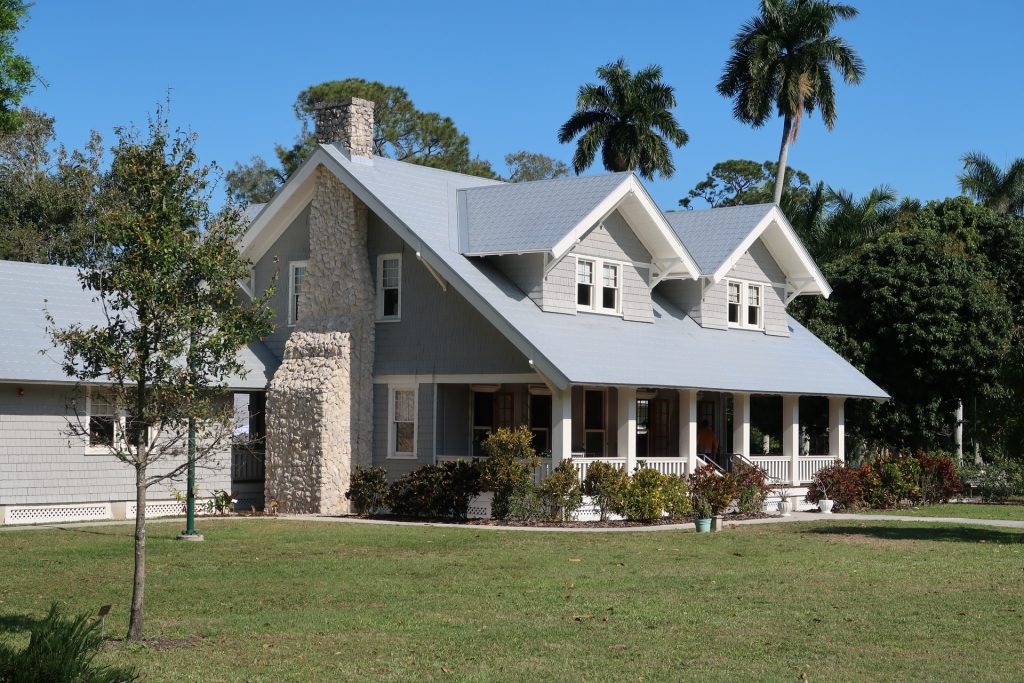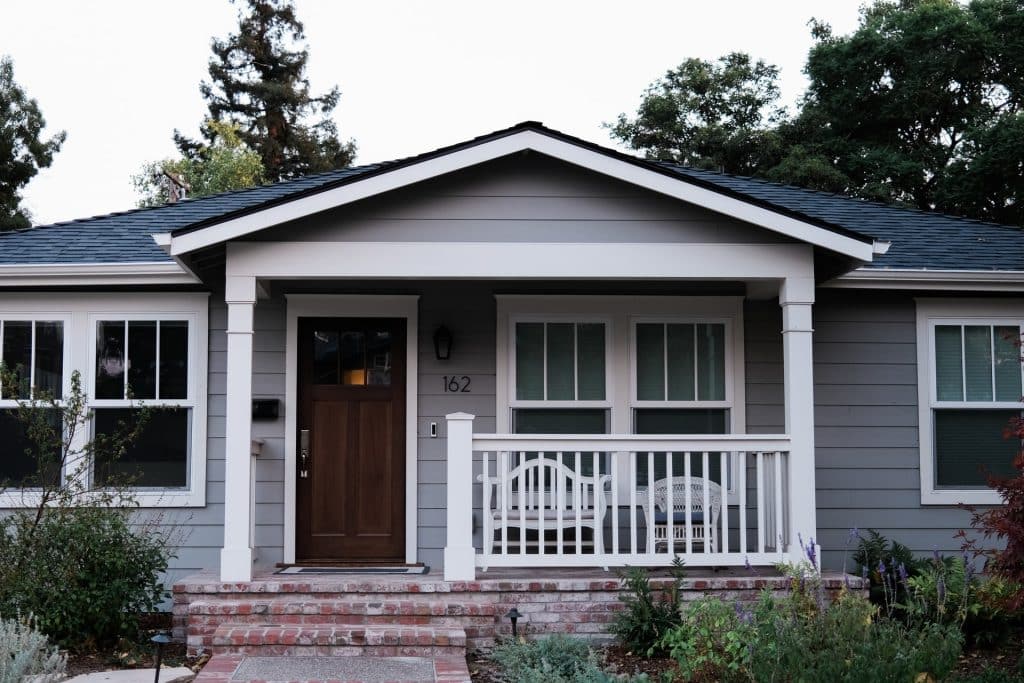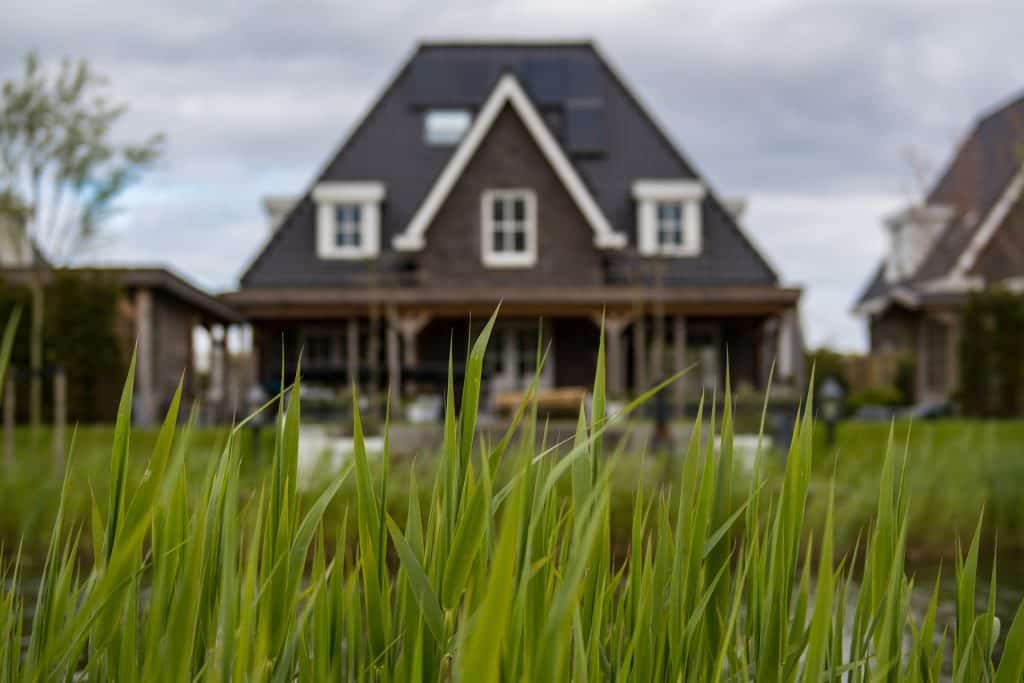Heat is blocked from flowing through the insulation. It can reduce the amount of heat that escapes in winter and enters in summer, and it can make your home more comfortable. Adding insulation to your home reduces heating and cooling bills and reduces greenhouse gas emissions.

If you properly insulate your house, you can save money and stay warm during the cold winter months. Home insulation has a lot of benefits, whether you do it yourself, apply for a grant, or hire a professional like Volcano Roofers insulation services.
What does insulation mean?
The term insulation, most simply put, refers to any material used to fill the tiny cracks and crevices in your house that allow air to escape. Utilizing this insulation will keep your home from getting colder when it’s cold outside. All types of insulation have the same purpose of creating a barrier between your home and the outside environment.
Insulation: How does it work?
Temperatures naturally rise in warmer areas and fall in cooler ones, so the warm air inside your home will try to escape during the cold winter months. Insulate your home to keep the warm air inside and prevent it from escaping. As a result of insulation, tiny air pockets are trapped within the material, significantly reducing the amount of heat that passes through your home. Your home will stay cool in the summer and warm in the winter since the air cannot freely circulate inside and outside.
When you think about insulation, the first thing that comes to mind is how it can keep your home hot during the winter. However, insulation benefits your home all year round. Home insulation services offer a wide range of home insulation materials for your attic, basements, walls, floors, and more. Insulating your home has many benefits:
Insulation: How it benefits?
Home insulation brings many benefits to your life; some of them are described below to decide why you need home insulation if you live in extreme weather.

1. Insulation can save you money
Although it depends on how much insulation you already have in your house or apartment, properly insulating your home can save you money every year if you do it right. The US Department of Energy estimates that adequately insulated attics can reduce heating bills by 10-50%. You will not have to run your heating as long or as high by repairing those tiny leaks in windows and doors. To maximize your energy efficiency, you should limit your heating to no more than four hours a night.
2. Convenience
Your family will be able to stay comfortable in your home all year long without having to crank up your HVAC system, rely on extra blankets, invest in fans, or settle for a house that is too hot or cold.
3. Prevents mold and water damage
Everyone hates dealing with a leaky roof and, when combined with mold, are the worst. Problems arise when your attic is not insulated correctly or your annual roof maintenance is neglected. It will lead to mold growth in the attic. Cracks and small holes will naturally appear on your roof as it ages. When these holes are left unattended, rain and snow will trickle into your house. When left for a long time, the wood in your roof’s structure will rot, and mold will begin to grow.
With a layer of insulation added, your home is protected from unwanted water damage. Furthermore, replacing old, damaged insulation is much more straightforward than replacing your entire roof. It is the best idea to have your roof inspection by a professional if you have concerns about it. Find out if they recommend insulation for your attic. Insulating your roof now could save it later.
4. Efficient use of energy
Under-insulated or improperly insulated homes can lose up to 30% of their energy. Leaks in your attic or basement or around your windows and doors can waste energy. It means that you’ll have to use more energy to keep your home warm or cool (and that means a higher energy bill). You can reduce your energy bills and keep your home energy-efficient by insulating it properly.

5. Sound
Snoring in the next room isn’t something anyone enjoys, so home insulation comes in handy. Sound is absorbed by home insulation so that your home is a quieter place to live and relax.
6. Carbon Footprint
Living a “green” lifestyle is possible with the proper insulation (and the right amount). In addition to reducing your carbon footprint, insulation reduces your environmental impact because it uses less energy and produces fewer emissions. Additionally, we can help you select the type of insulation with the most negligible ecological impact.
7. The resale value
People rarely consider the resale value of insulation. If you’re thinking about selling your home in the next five years, then understand that a new insulation system can make the difference between a fast sale and a slow sale.
Reduce heat loss: how to do it?
Check your home for air leaks
If you ever notice that air is leaking out of your windows, doors, fixtures, and other places, hold an incense stick or smoke pen next to them carefully. If your attic or roof is not adequately insulated, you’ll find many of these drafty areas. The smoke will blow horizontally if there is an air leak.
Seal up the leaks
If your windows and doors leak, there are several ways to insulate them. Here are some options that take a bit more time and money than others.
Window air leaks
– Lowest investment: Install shades, heavy curtains, or drapes. It would be great if you aimed to cover the entire window area with these and mount them as close to the window as possible. You won’t be able to seal the window with this method entirely, but it is an option if you cannot use a more permanent solution like caulking. You should choose dark curtains since they absorb heat.
– Some investment: Caulk leaky windows to prevent further damage. Do not use self-stick weather sealing, insulation film, or draft stoppers/snakes to seal your apartment if you are unsure or feel comfortable doing it yourself. You can also tell your landlord about this or use less permanent sealants.
– Investment recommendation: Replace single pane or leaky windows with energy-efficient double pane windows.
Doors Air Leaks
– The least expensive way to minimize drafts from the front door is to use draft stoppers. If you’re a bit more DIY-inclined, you can make them yourself or buy them.
– As an alternative, you can install floor-length drapes between open doorways or in front of your front door at night.
– Invest in a vestibule, especially if your living area is directly in front of your front door. This door will minimize the draft while still allowing light to enter.
– Insulating your home has environmental benefits
The key to reducing your heating and electricity bills is insulating your home correctly. As well as deciding how much you’d like to pay for your insulation, it’s essential to calculate what type of insulation is right for your home. Many insulation installation companies can do the job for you, but most insulation can be installed as a DIY project.
If you need insulation, how do you know?
A home built before the 1950s is likely to be thinly insulated and could use up to 60% more heat than one built after 2000. Insulation may be needed if your home has inconsistent temperatures and does not retain heat. Another tip-off is high energy bills, mainly if you use a thermostat that automatically adjusts your heat. If you are bothered by outside noise regularly, insulation is also recommended. Sound is muffled by insulation, so you can not only save money on heating but also get some rest!
Also, an energy assessment can be performed on your home to determine the level of insulation you need.
Decide what type of insulation you need
You can find several types of home insulation available, and you should strive to insulate your walls with about 10 cm of insulation and your attic with about 28 cm or 20 inches of fiberglass or rock wool. You can install most types of insulation yourself, but certain types like “blown-in” insulation require the services of a professional. The foam-in-place insulation can be blown into under floors, walls, attics, and to insulate and reduce air leakage. There are many types of insulation available at Insulation Ireland, including blankets and sheet insulation.
Insulation types for homes:
-Insulation of exterior walls
-Insulate cavities in walls
-Insulation for internal walls or dry lining
-Insulation for roofs or attics
Tips for DIY safety
- Don’t forget to follow all the manufacturer’s instructions for insulation, especially safety instructions. When installing insulation, you should always wear a mask.
- For specific insulation needs, insulation foam may be appropriate. Please make sure you’re knowledgeable about its purpose and where to use it.
- Fire hazards must be avoided. Insulate your home too close to heat-generating areas to prevent serious problems. Ensure that electrical outlets and light fixtures are adequately insulated.
- Attics and roofs are places where you should be alert while navigating. It is common for mold and rot to form in these areas, compromising the floors’ structural integrity.

